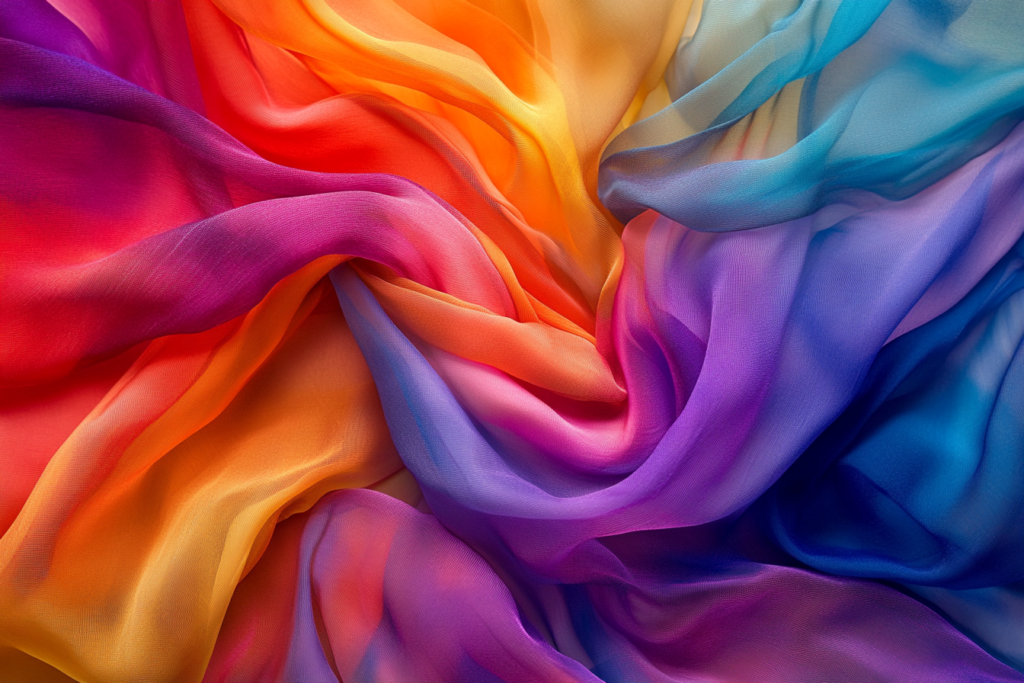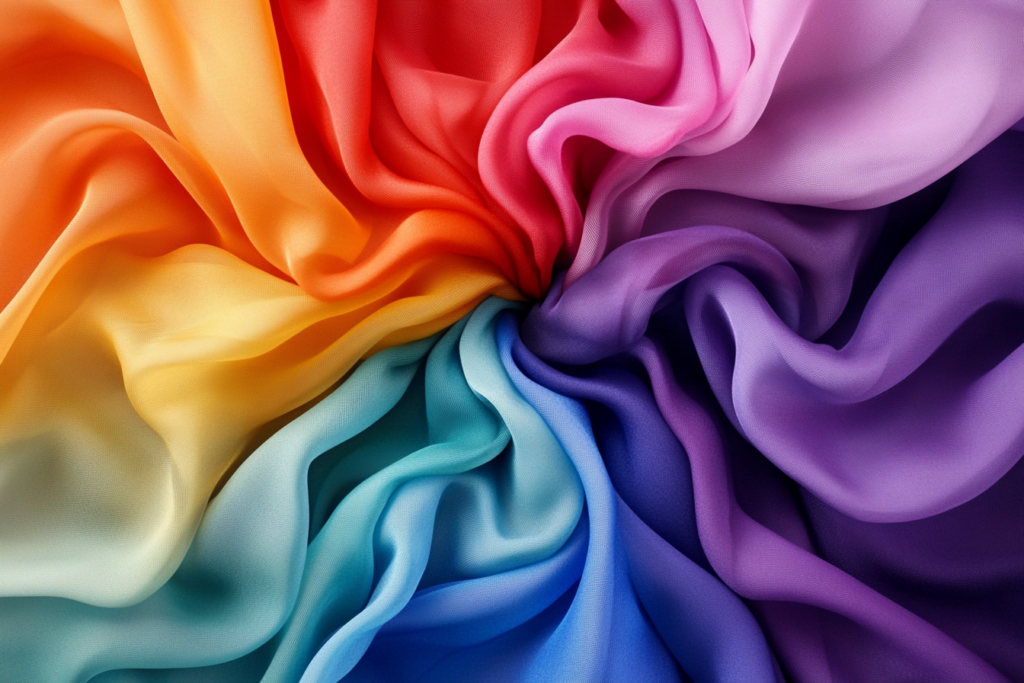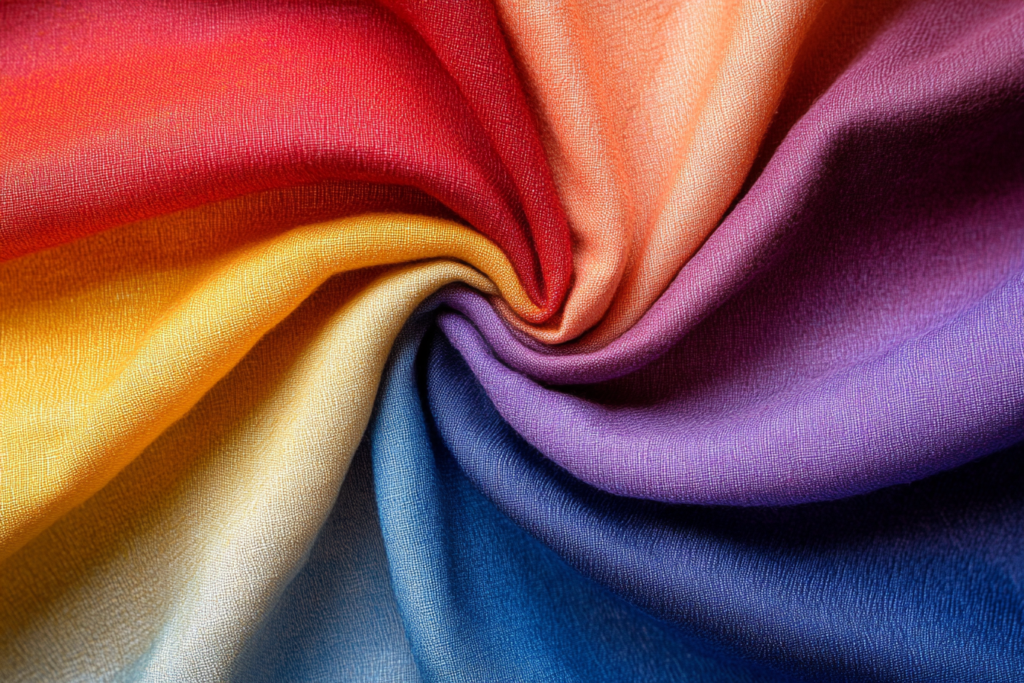Introduction: What is Colorway?
In the world of fashion, the term colorway refers to the selection and combination of colors used in the design of a garment. For single-piece clothing, it identifies the specific color of the item. For multi-color clothing, it details the various colors and how they are paired together. Additionally, when it comes to fabric prints, the colorway specifies the combinations of colors in each print pattern.
Whether you’re designing a new piece or selecting colors for an existing design, understanding how to work with colorways is crucial for creating aesthetically appealing garments.


Colorway in Single-Piece Clothing
For single-piece clothing, the colorway is relatively straightforward. It represents the main color of the garment, such as navy blue for a dress or black for a suit jacket. However, some designs may involve subtle accents, like piping or small pattern details, which are considered part of the colorway.
For example:
- A black dress with a red belt: The primary colorway is black with a red accent.
- A white shirt: The colorway is simply white.
Understanding the colorway helps designers and retailers communicate the visual identity of an item and ensures that it fits into a specific collection or theme.
Colorway in Multi-Color Clothing
In multi-color clothing, the colorway involves combining various shades and hues that complement each other. These combinations can be harmonious, contrasting, or even eclectic, depending on the look the designer wants to achieve.
Here are some examples of colorways in multi-color clothing:
- A striped shirt with alternating colors: The colorway might include navy, white, and light blue, creating a classic nautical theme.
- A floral dress: The colorway might combine vibrant shades of red, yellow, and green to mimic a blooming garden.
- A color-blocked sweater: The colorway could involve bold blocks of colors like deep red, mustard yellow, and forest green, creating a modern, edgy look.
In multi-color clothing, designers often play with the colorway to create patterns, designs, or themes that make the garment stand out.
Colorway in Fabric Prints
For fabric prints, the colorway is essential in defining the overall aesthetic of the print. Designers must consider how the colors interact and balance with each other to achieve the desired visual effect. A fabric print’s colorway might consist of two or more colors, and each combination can evoke a different mood or vibe.
Here are some examples of colorways in fabric prints:
- Floral print: A typical colorway could feature shades of pink, lavender, and green to create a soft, romantic feel.
- Plaid pattern: The colorway might include combinations of red, navy, and beige, giving it a classic and timeless appeal.
- Geometric print: A bold, abstract design could have a colorway that includes black, white, and a bright accent color like turquoise for a contemporary look.
- Animal print: A colorway for an animal print like leopard might feature brown, gold, and black hues, giving it a natural and wild feel.
Each fabric print has its own unique colorway that influences the final garment’s overall style and impact.
How to Choose the Right Colorway for Your Clothing
Choosing the right colorway is essential for designers, brands, and retailers to convey the right message through their clothing. Here are some tips for selecting the perfect colorway for your designs:
- Consider the Season:
- Spring and summer collections often feature lighter, brighter colorways (e.g., pastel pinks, blues, and greens), while autumn and winter collections tend to focus on deeper, richer tones (e.g., burgundy, navy, and dark green).
- Understand Color Theory:
- When working with multi-color colorways, understanding basic color theory is essential. Complementary colors (those opposite each other on the color wheel) can create a bold, vibrant effect, while analogous colors (next to each other on the wheel) give a more harmonious, subtle look.
- Stay on Trend:
- Fashion trends often dictate the most popular colorways each season. Following the latest color trends can help designers stay relevant and appeal to their target market.
- Cultural Significance:
- Colors can have different meanings across cultures. When selecting a colorway, be aware of how certain colors might be interpreted in various cultural contexts. For example, red can symbolize luck and prosperity in many Asian cultures but might have different associations elsewhere.
Conclusion: The Impact of Colorway on Fashion Design
The colorway of a garment is a vital part of its design and greatly influences its appeal. Whether for single-piece clothing, multi-color combinations, or fabric prints, choosing the right colorway ensures the garment conveys the intended style and message. By understanding the principles of colorway and applying them thoughtfully, designers can create pieces that stand out in the market and connect with their audience.



